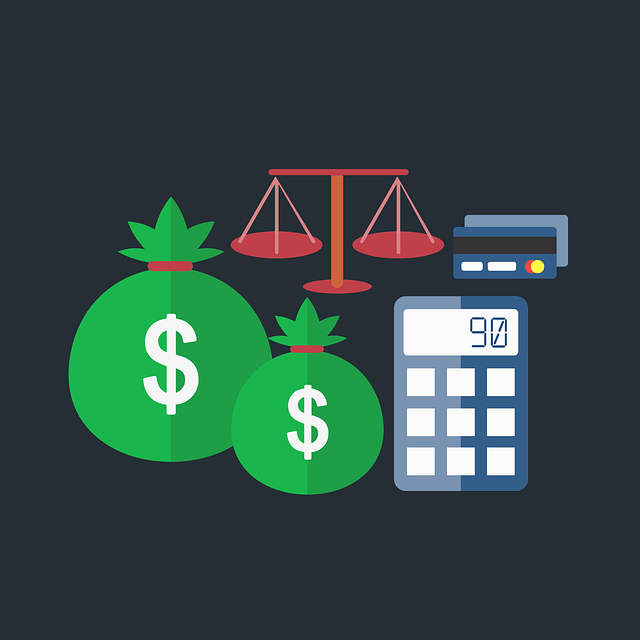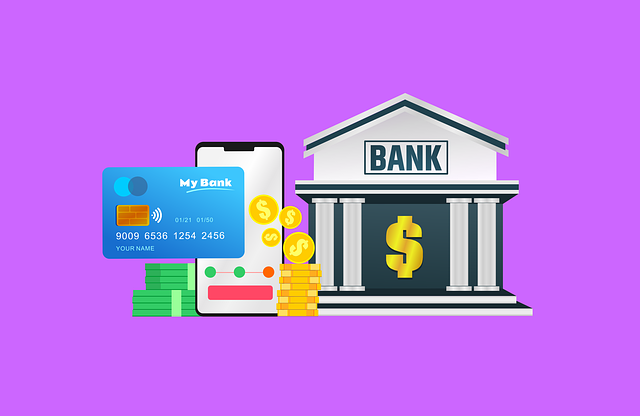Alternative financing offers flexible capital access through non-bank lenders like peer-to-peer and crowdfunding but comes with unique loan fees (application, processing, penalties) and loan interest structures. Borrowers should carefully compare these, including origination, late, and prepayment charges, to traditional loans and market rates to make informed decisions and avoid unexpected costs. Securing favorable terms through discussions and strong credit history can further reduce monthly payments.
In today’s financial landscape, alternative financing is gaining traction as a viable option beyond traditional loans. However, understanding the repayment terms is crucial for borrowers. This article delves into the intricate details of alternative financing and its unique repayment structure, shedding light on hidden costs through an analysis of loan fees. We explore various interest rate types and equip readers with strategies to negotiate favorable terms. By the end, you’ll be equipped to make informed decisions regarding alternative loans, minimizing financial surprises along the way.
- Understanding Alternative Financing and Its Repayment Structure
- Deciphering Loan Fees: What You Need to Know
- Exploring Different Types of Interest Rates on Alternative Loans
- Strategies for Negotiating Favorable Repayment Terms
Understanding Alternative Financing and Its Repayment Structure

Alternative financing has emerged as a flexible and accessible option for individuals and businesses seeking capital. Unlike traditional banking loans, alternative financing typically involves non-bank lenders and a variety of loan types, such as peer-to-peer lending, crowdfunding, or specialized financial institutions. Each of these comes with its own set of repayment terms, fee structures, and interest rates.
Understanding the repayment structure is crucial when considering an alternative loan. These loans often have different fee arrangements, including origination fees, late payment charges, and prepayment penalties. The interest rates can vary widely based on factors like creditworthiness, loan amount, and the specific lender. Borrowers should carefully review these terms to ensure they are comfortable with the repayment conditions and to avoid any unexpected costs.
Deciphering Loan Fees: What You Need to Know

Understanding loan fees is a crucial step in navigating alternative financing options. When considering an alternate loan, it’s important to go beyond the initial interest rate and scrutinize all associated costs. Loan fees can vary widely depending on the lender and the type of alternative loan you’re exploring, such as peer-to-peer lending or crowdfunding. These fees often include application charges, processing fees, early repayment penalties, and more. Deciphering these hidden costs is essential to getting a clear picture of the overall financial burden.
By comparing loan fees across different providers, borrowers can make informed decisions about which alternative financing route offers the best value. Transparency around fees ensures you know exactly what you’re paying for, helping you budget effectively and avoid unexpected charges. This knowledge empowers individuals to select a lending option that aligns with their financial goals and reduces potential long-term costs.
Exploring Different Types of Interest Rates on Alternative Loans

When exploring alternative financing options, understanding the various types of interest rates available is paramount. Unlike traditional loans from banks or credit unions, alternative loans often come with unique fee structures and interest calculations. These can range from simple interest rates, where you pay a fixed percentage on the outstanding balance over time, to more complex models that factor in variable rates tied to market indices.
One common type of alternative loan interest is the fixed rate, offering predictability by maintaining a consistent interest percentage throughout the loan term. Conversely, adjustable or variable rates fluctuate based on economic conditions, potentially resulting in lower initial payments but carrying the risk of increasing later. Additionally, some alternative lenders incorporate origination fees, late payment charges, and prepayment penalties into their structures, so borrowers should carefully review all associated costs beyond just the interest rate to make informed decisions.
Strategies for Negotiating Favorable Repayment Terms

When negotiating repayment terms for alternative financing, such as peer-to-peer lending or crowdfunding, borrowers should focus on understanding and managing various costs. One key aspect is to scrutinize loan fees, which can significantly impact the overall borrowing cost. These fees often include origination charges, processing fees, and potential prepayment penalties. By asking for detailed fee breakdowns and comparing them with traditional loan options, individuals can make informed decisions.
Additionally, discussing loan interest rates openly with lenders or platforms is crucial. Negotiating lower interest rates can result in substantial savings over the life of the loan. It’s beneficial to research market rates for similar alternative loans and present this information during negotiations. Borrowers may also consider offering collateral or a stronger credit history as leverage to secure more favorable repayment terms, including extended repayment periods that reduce monthly installments.






